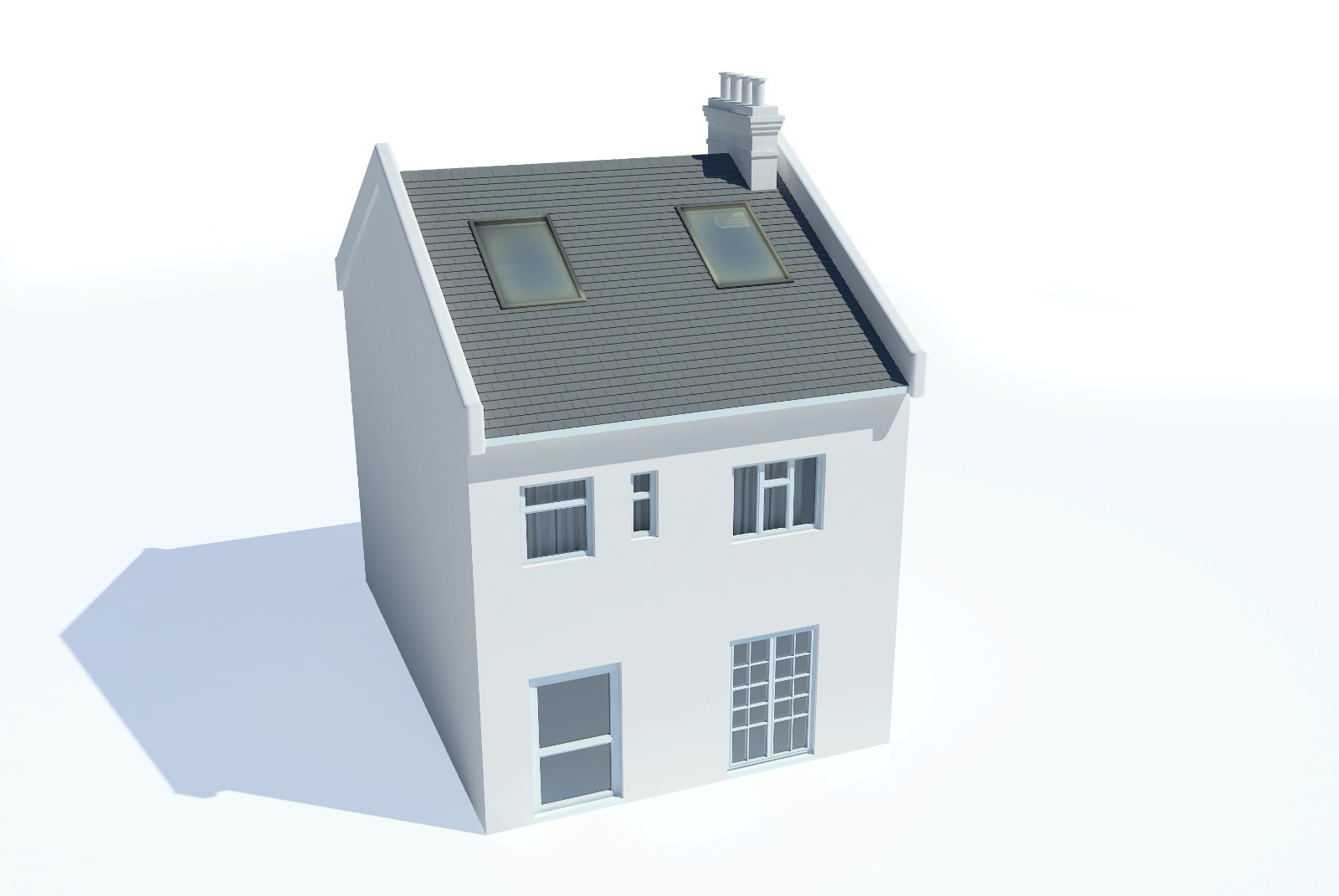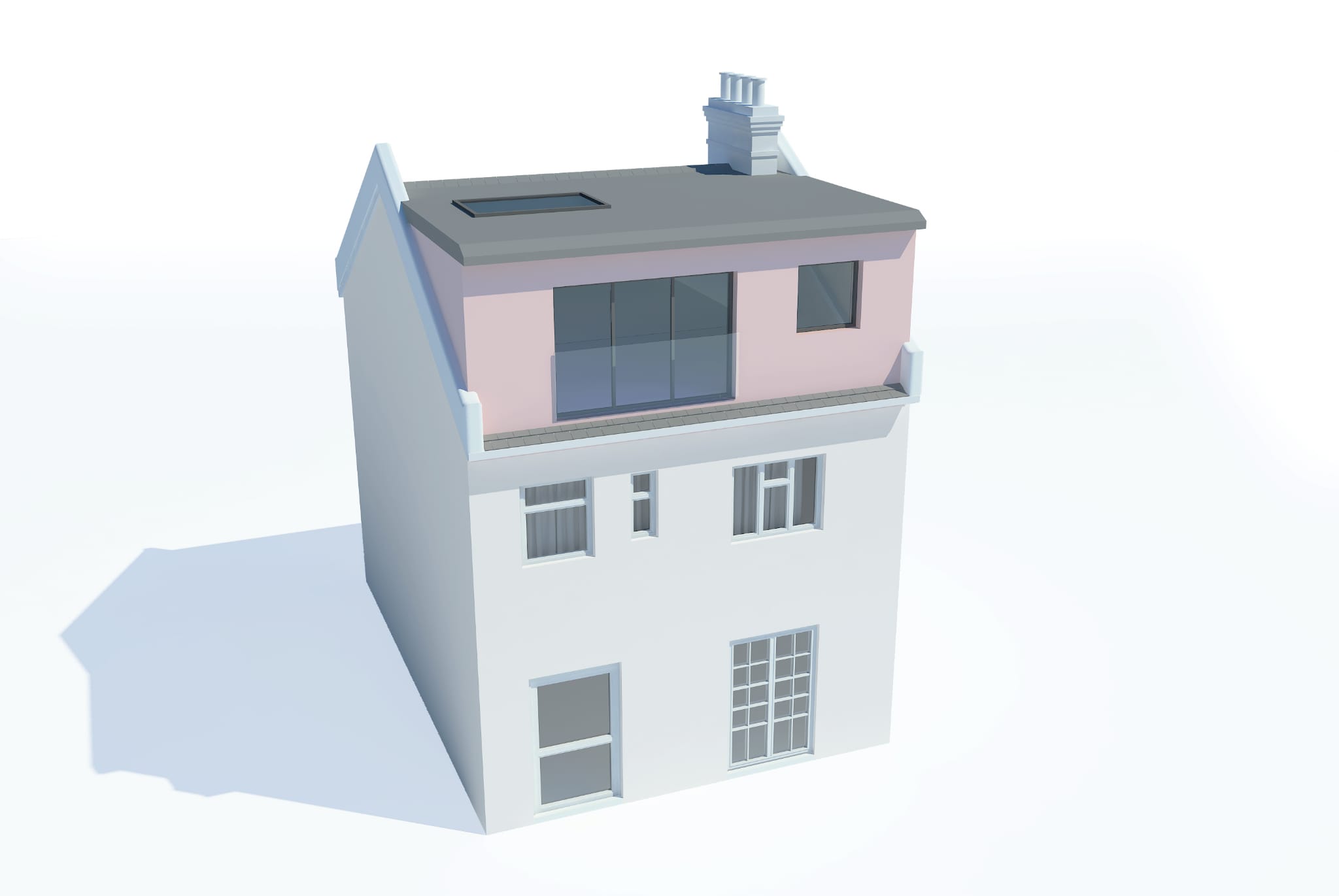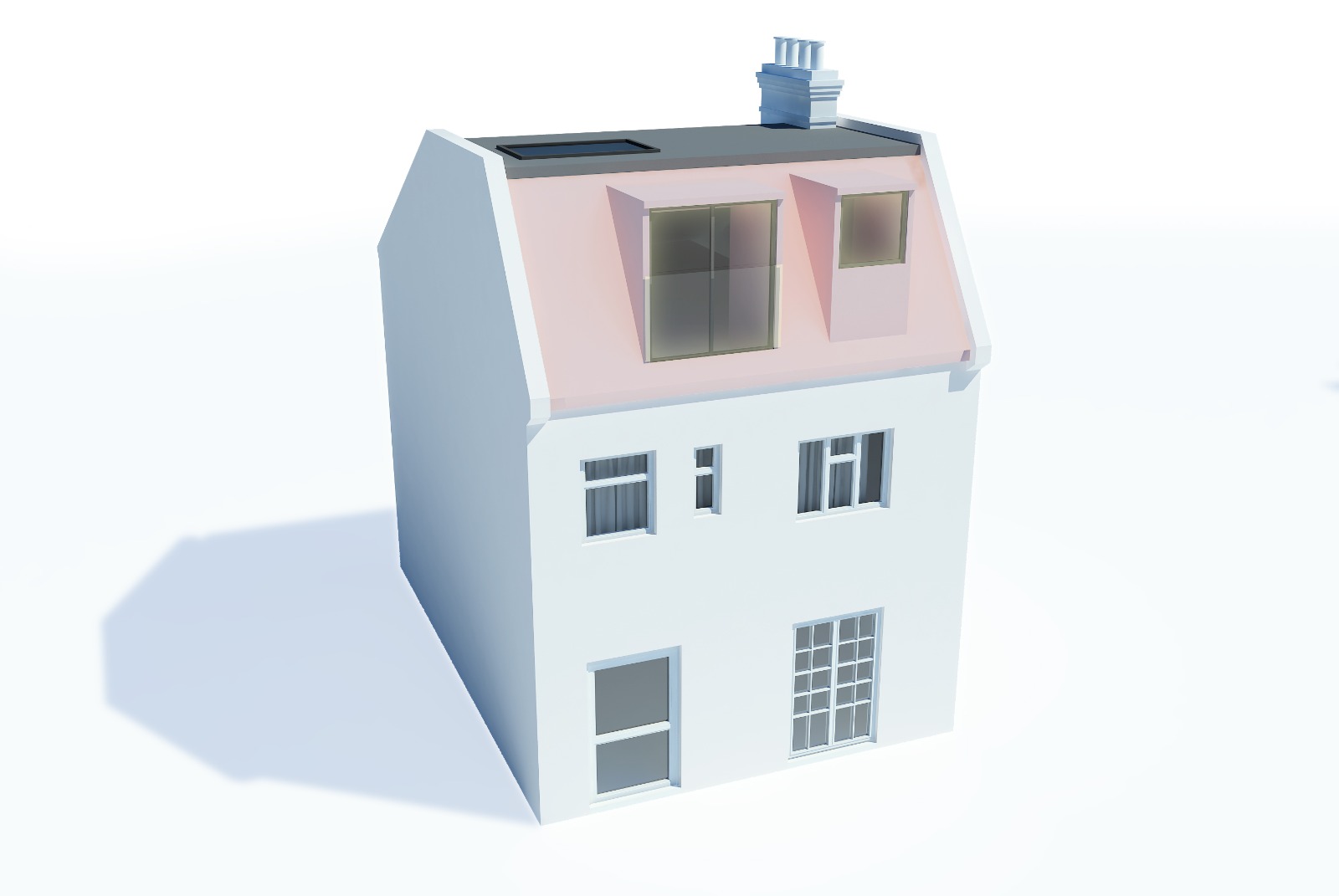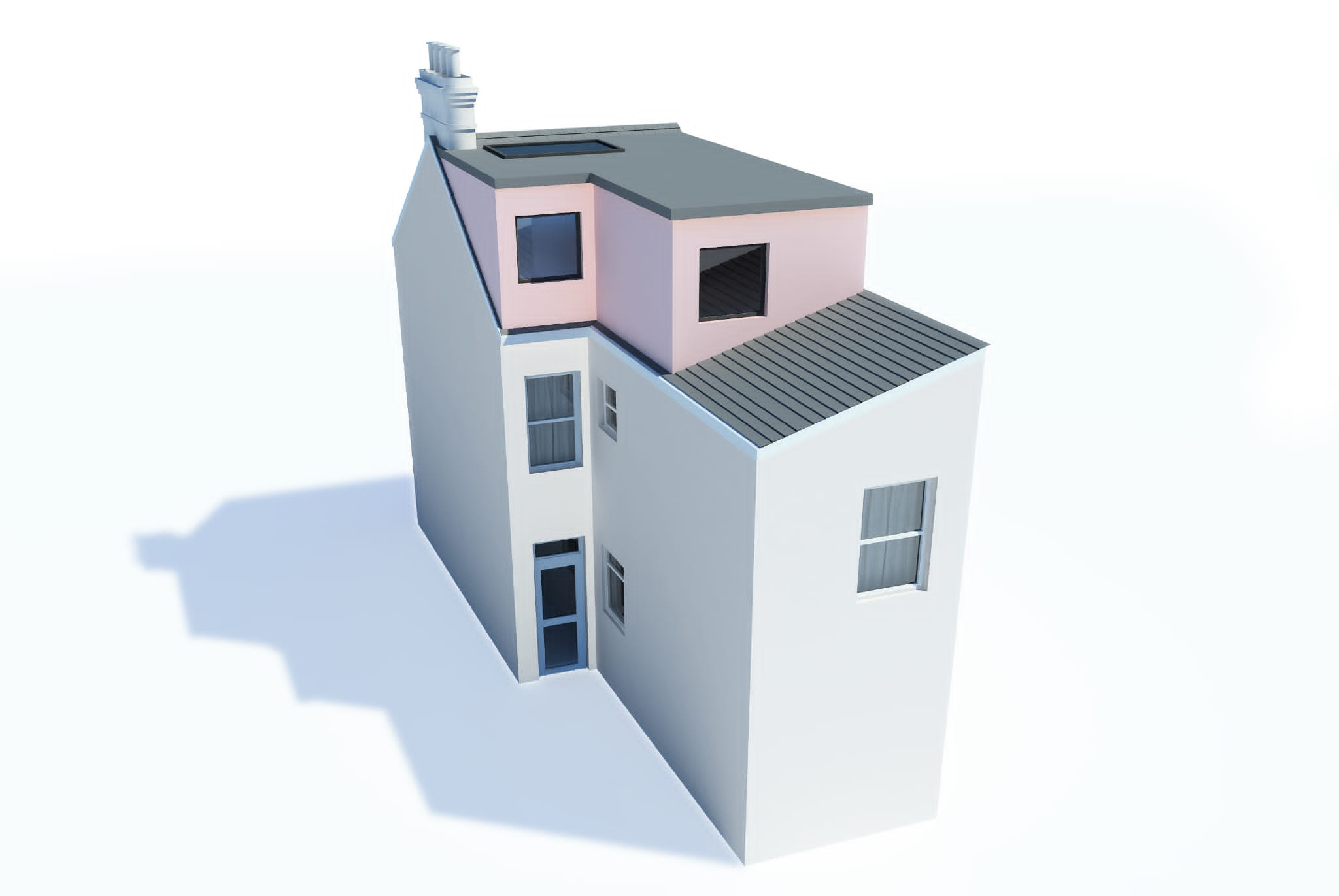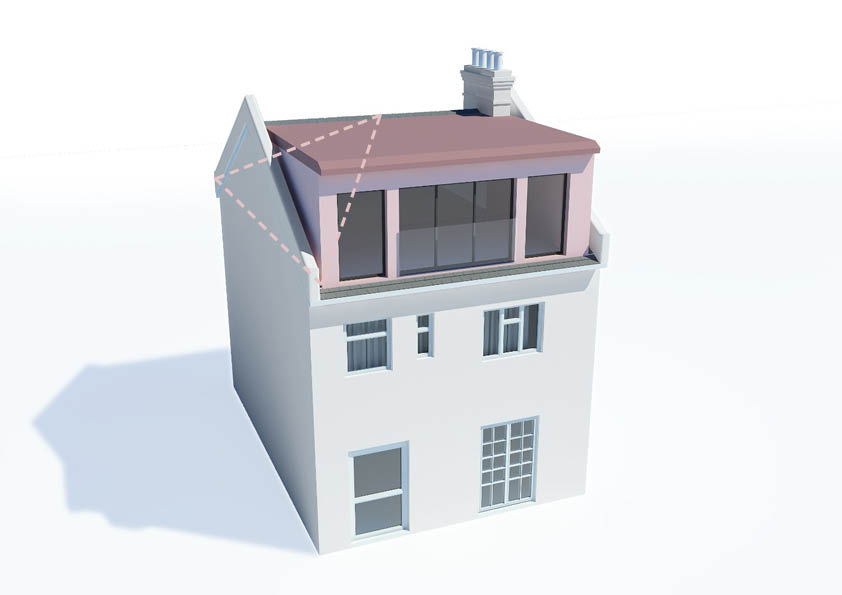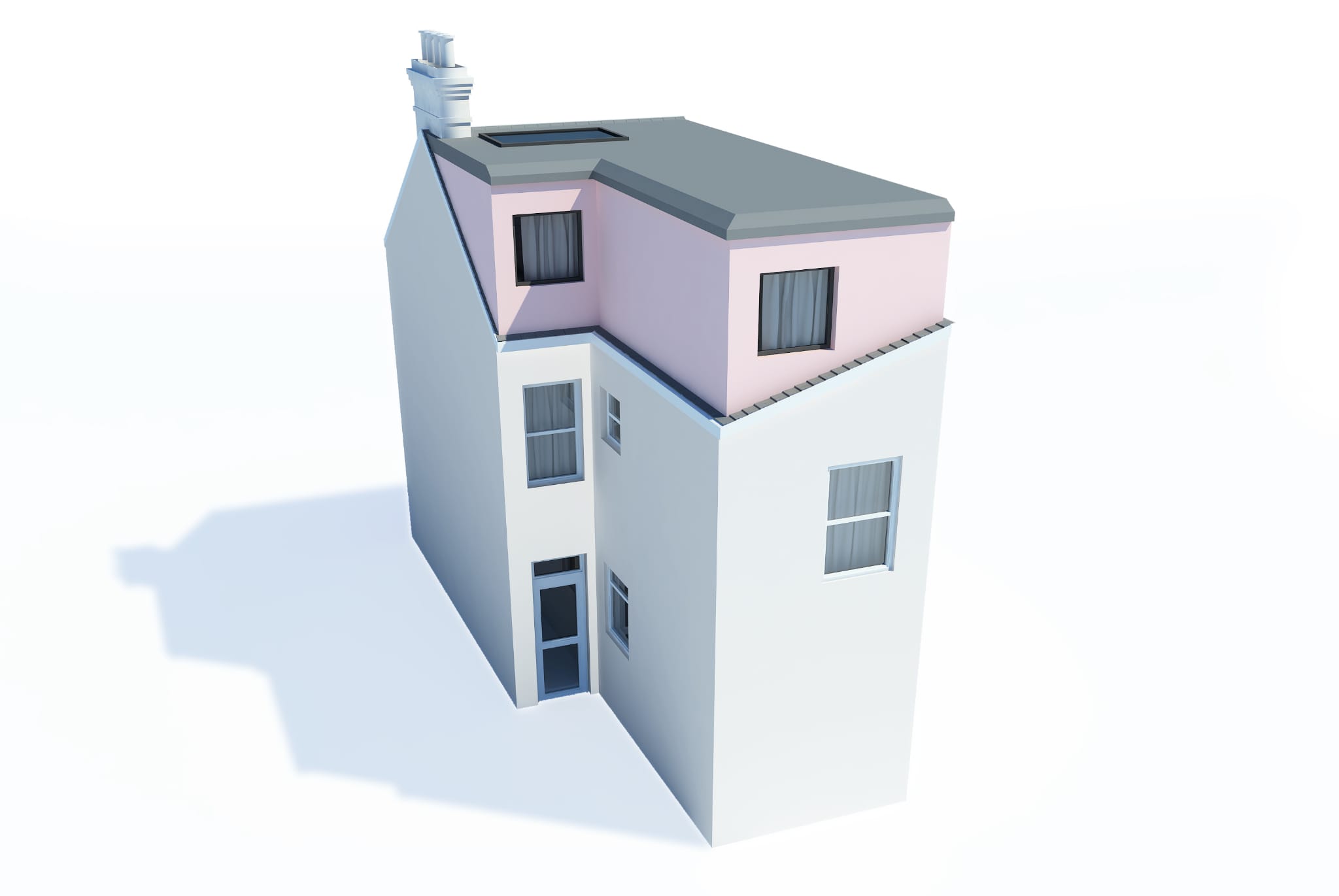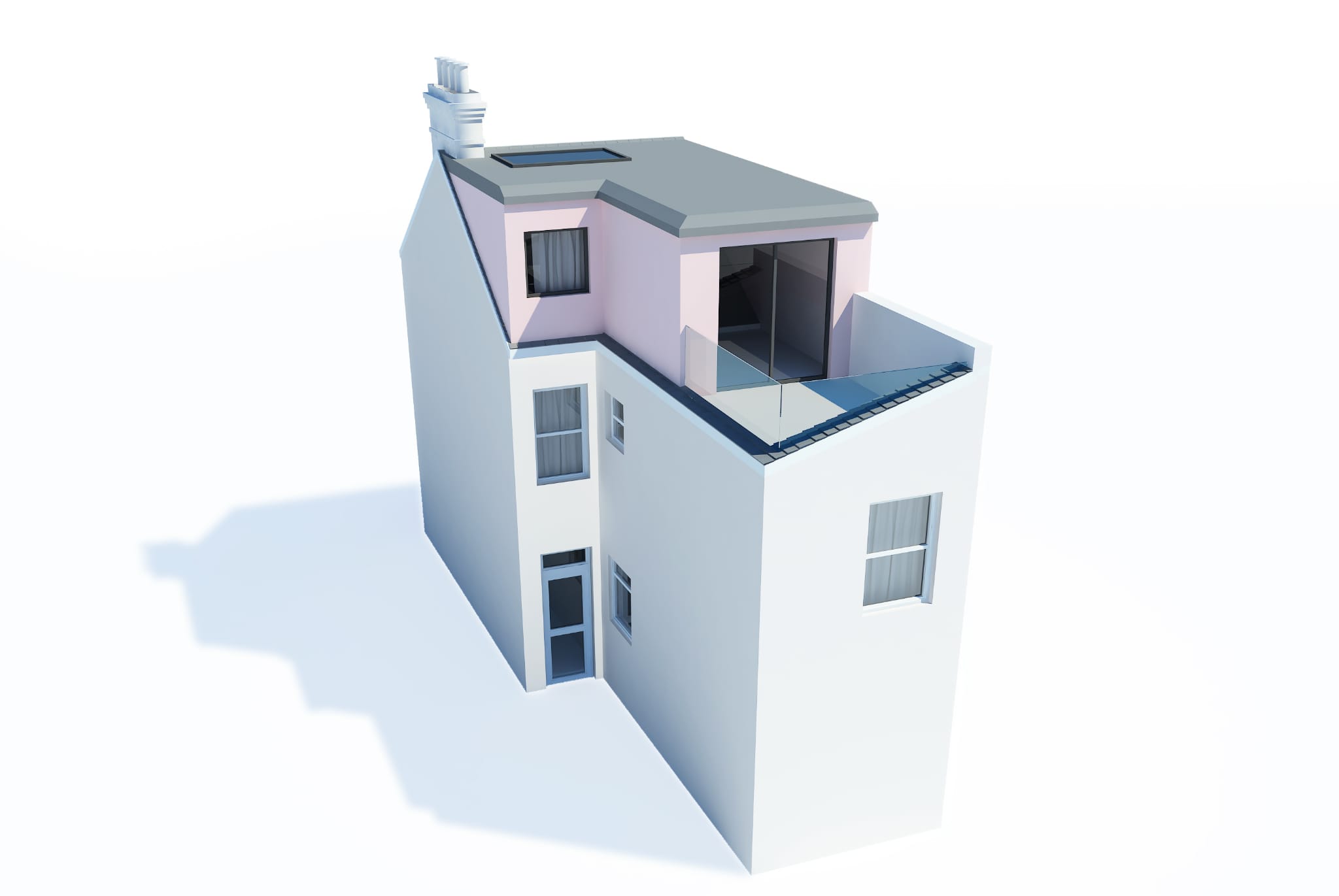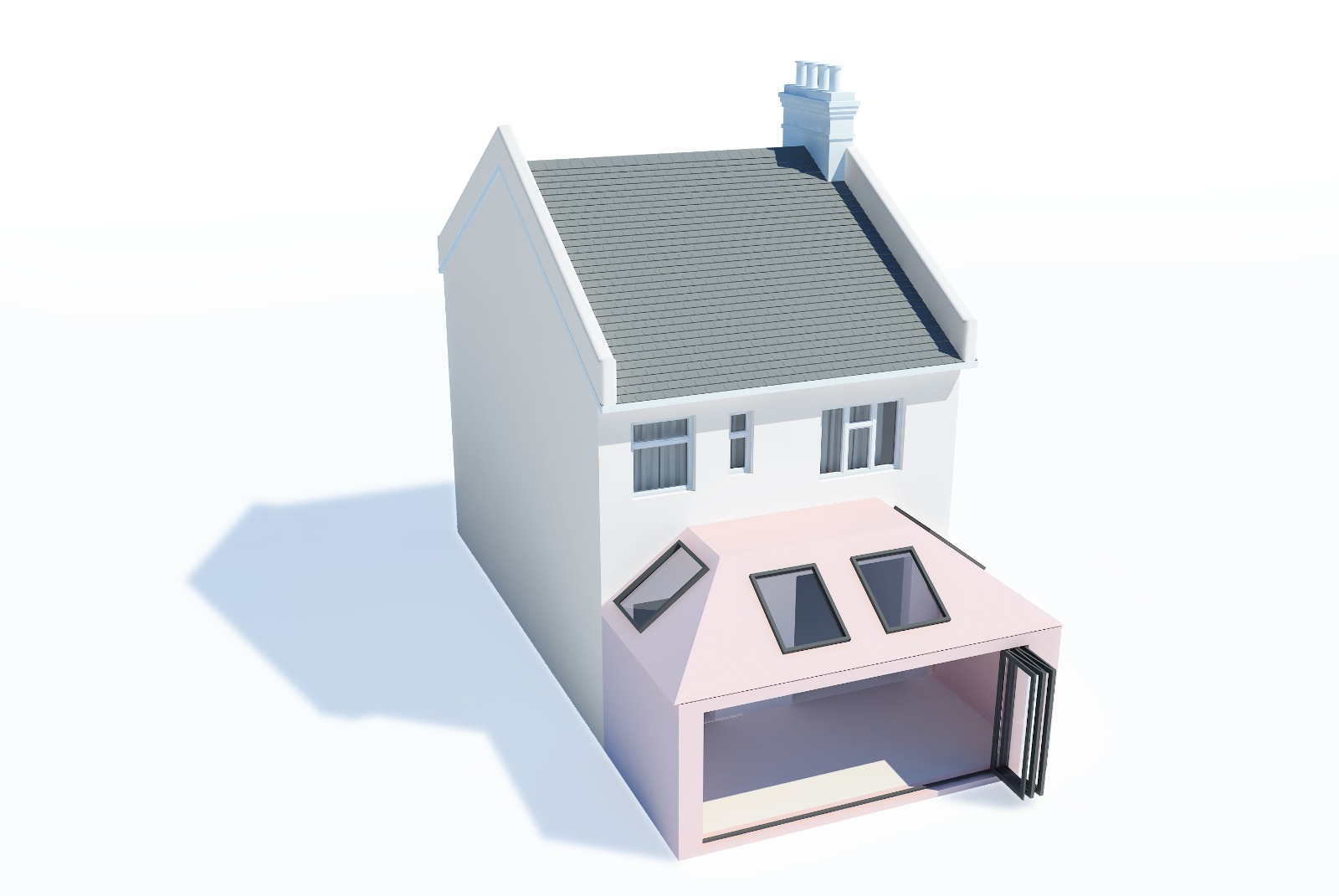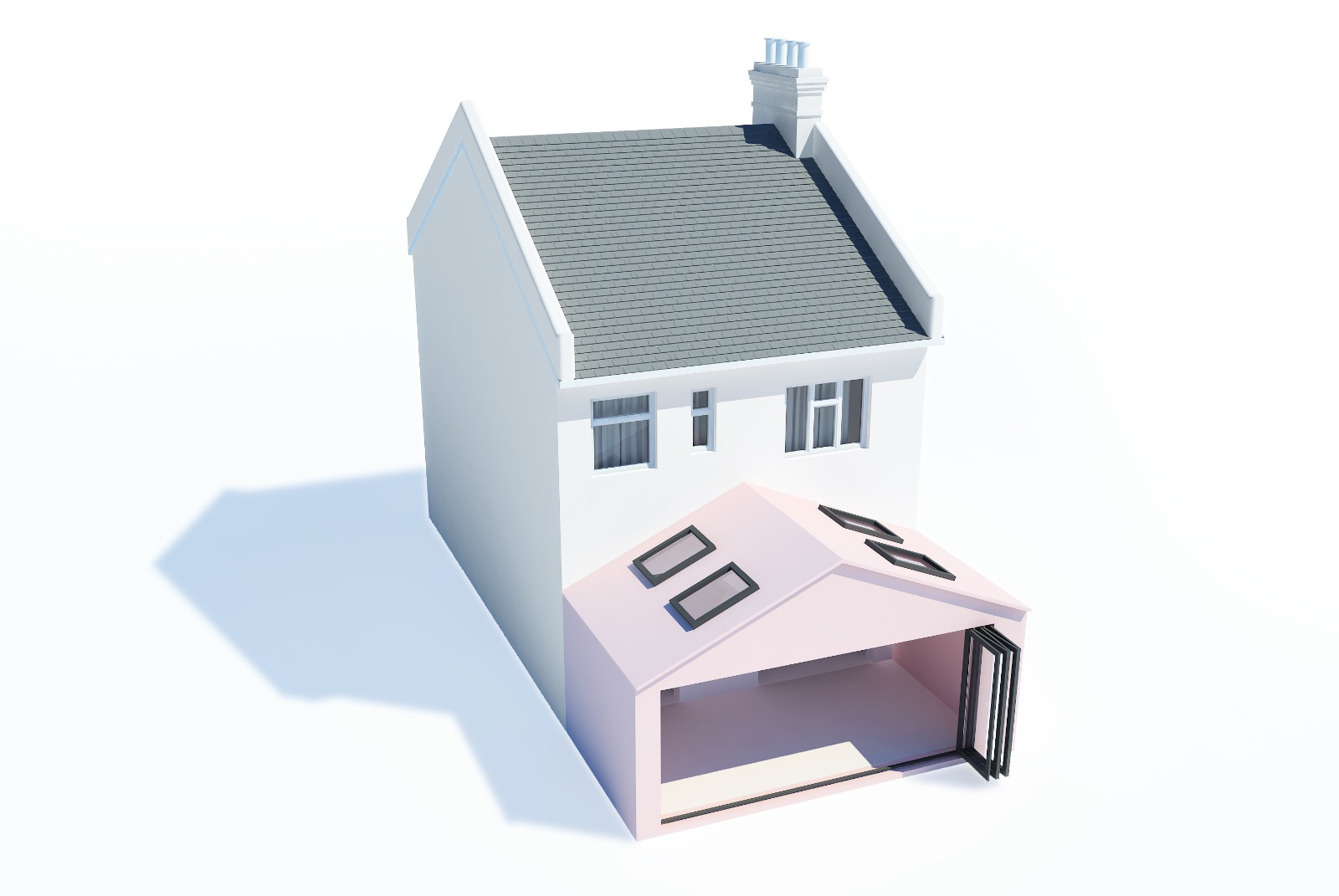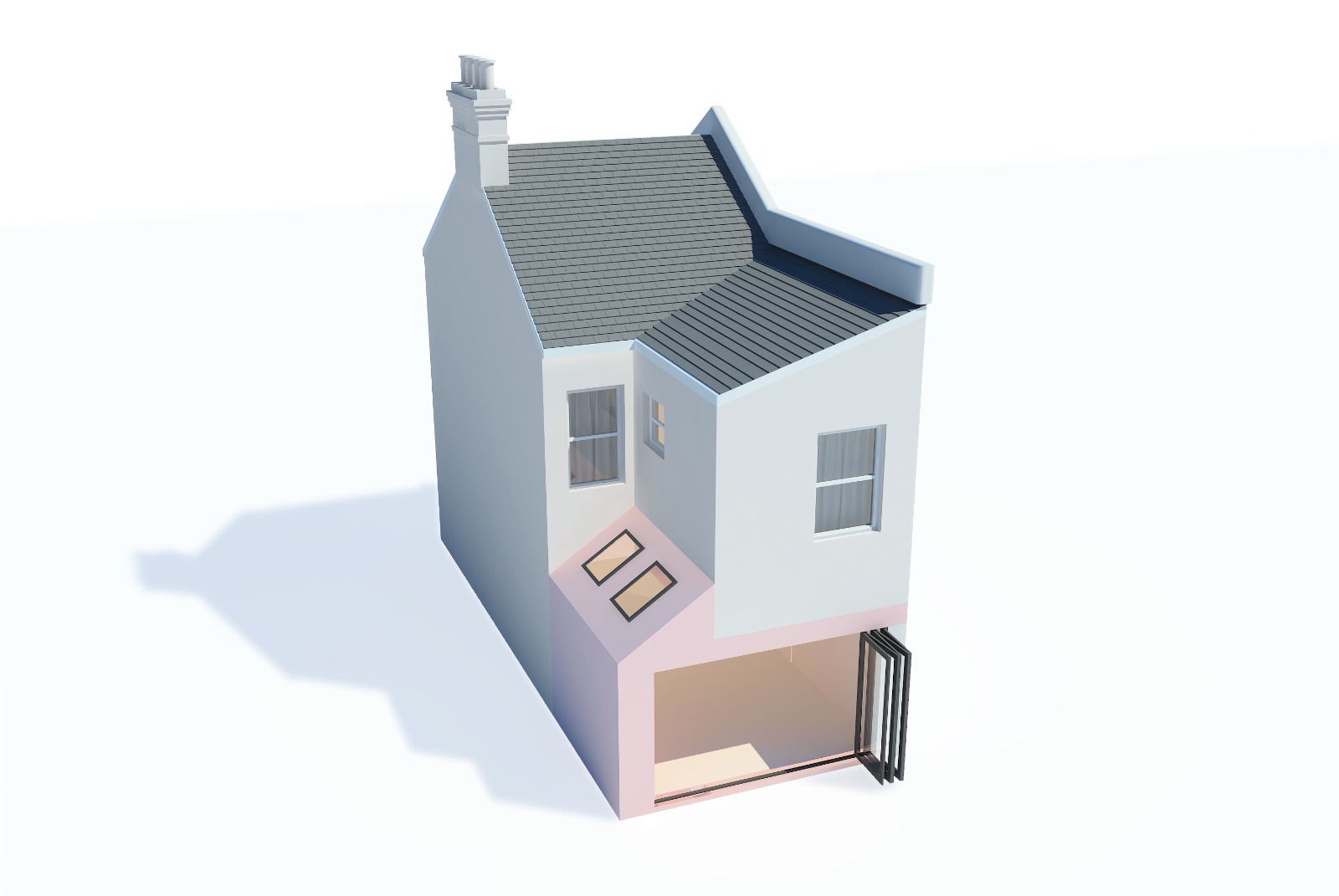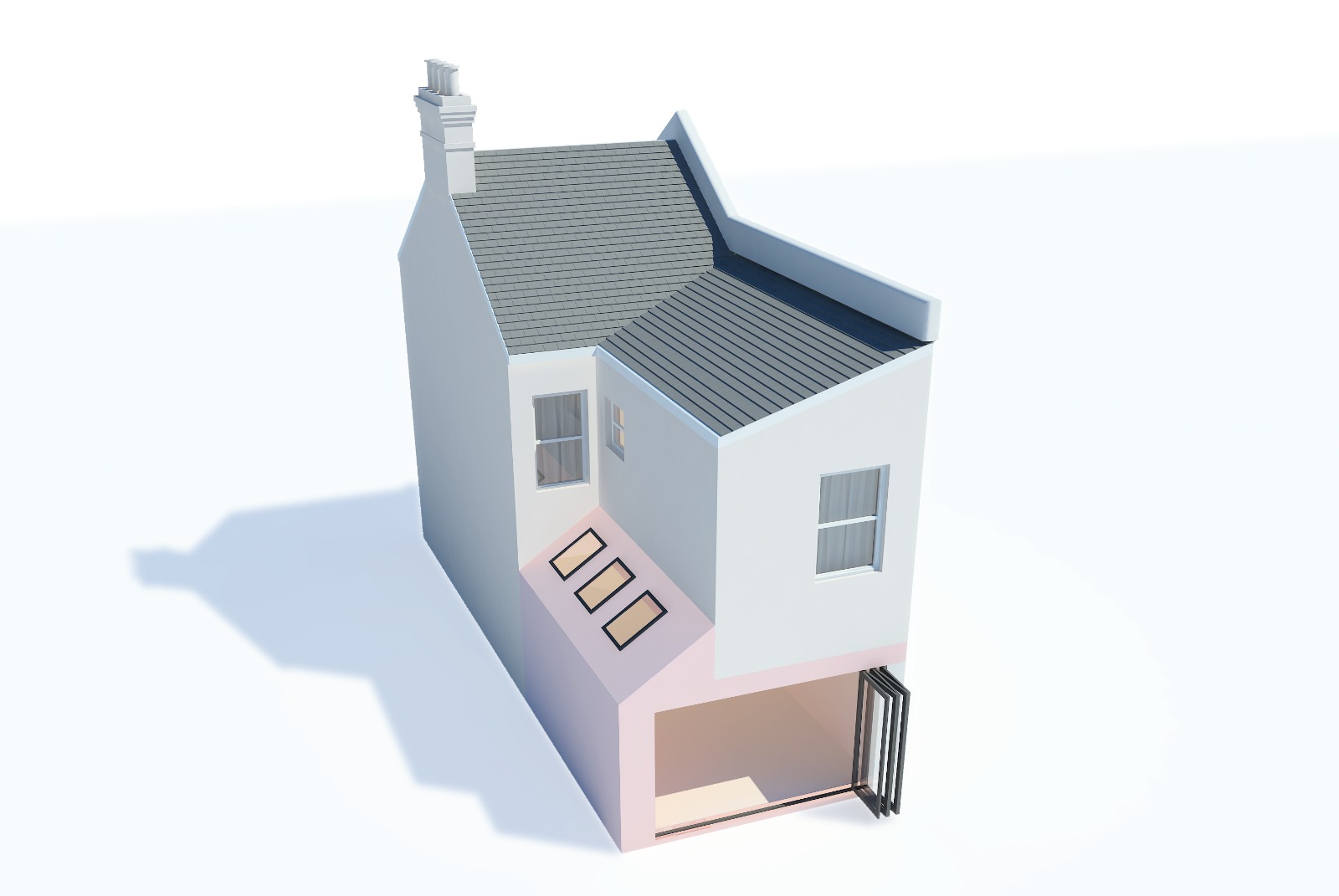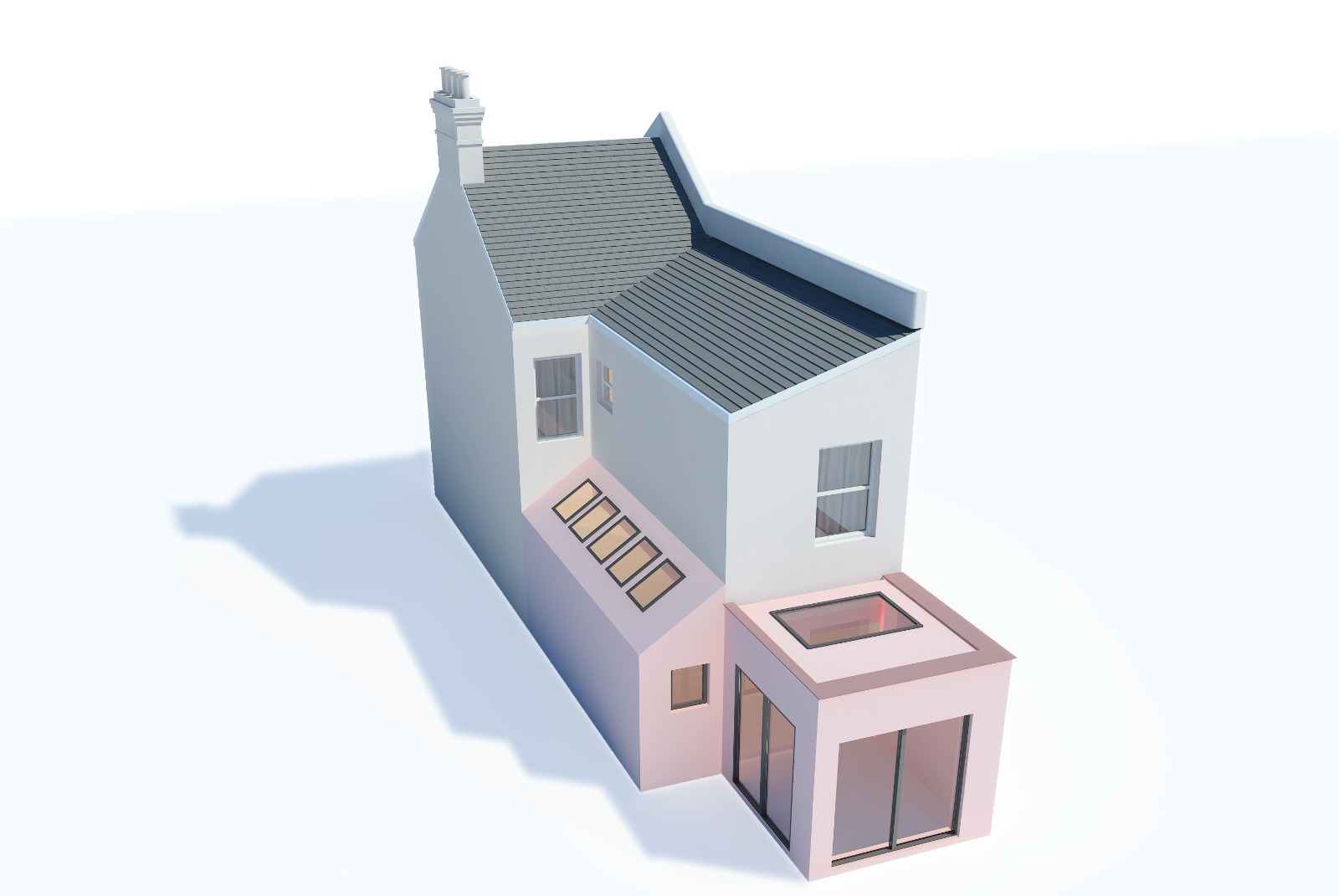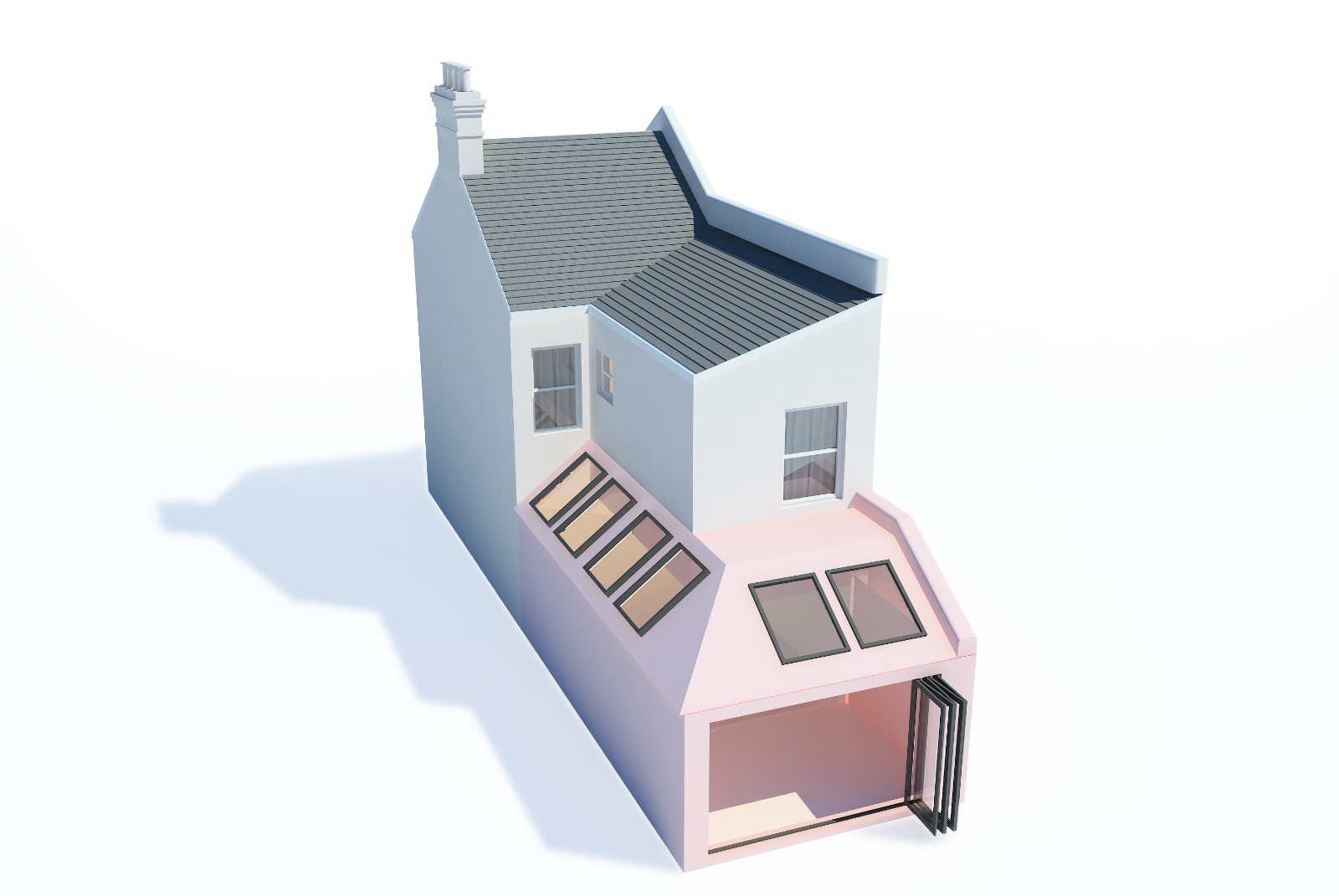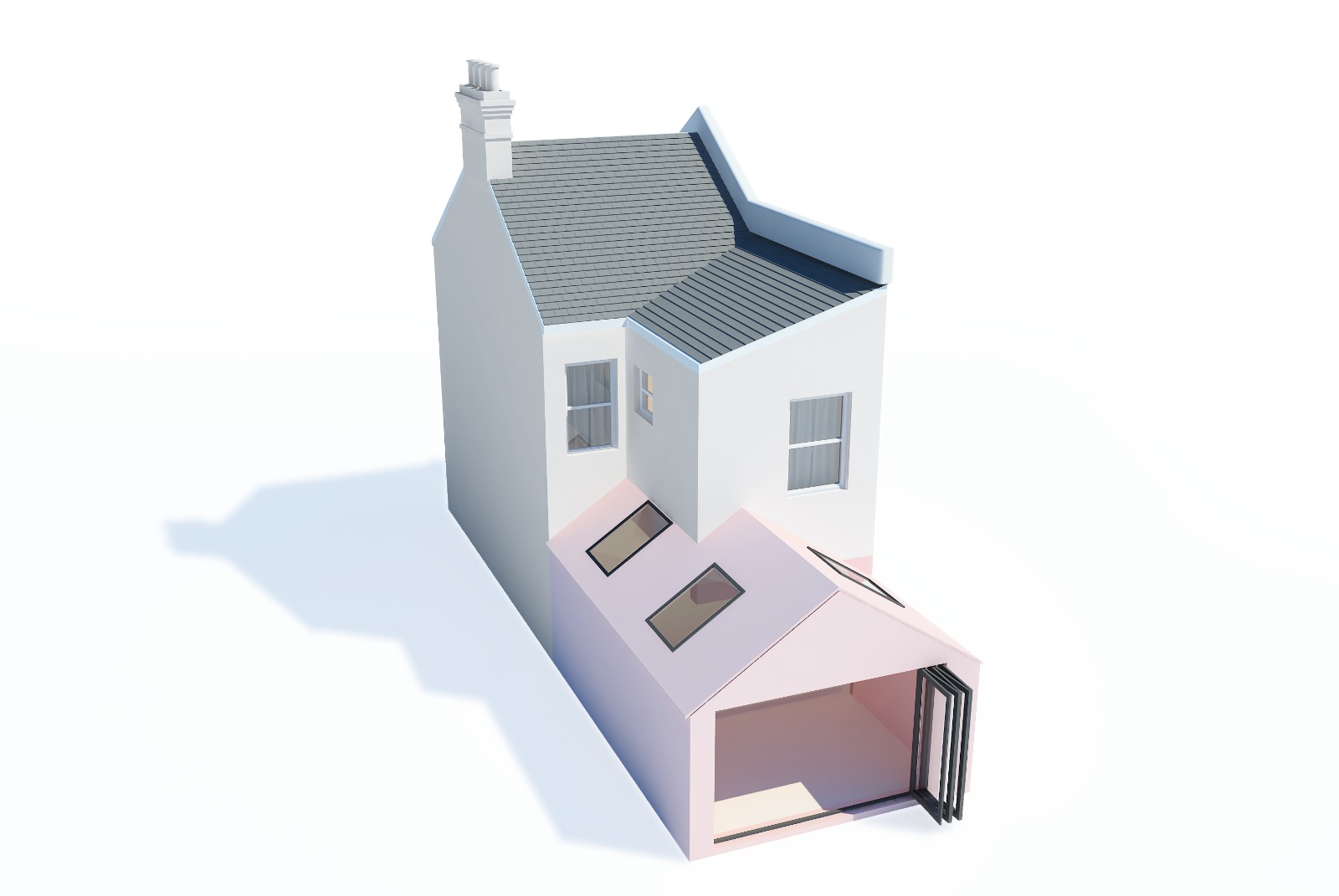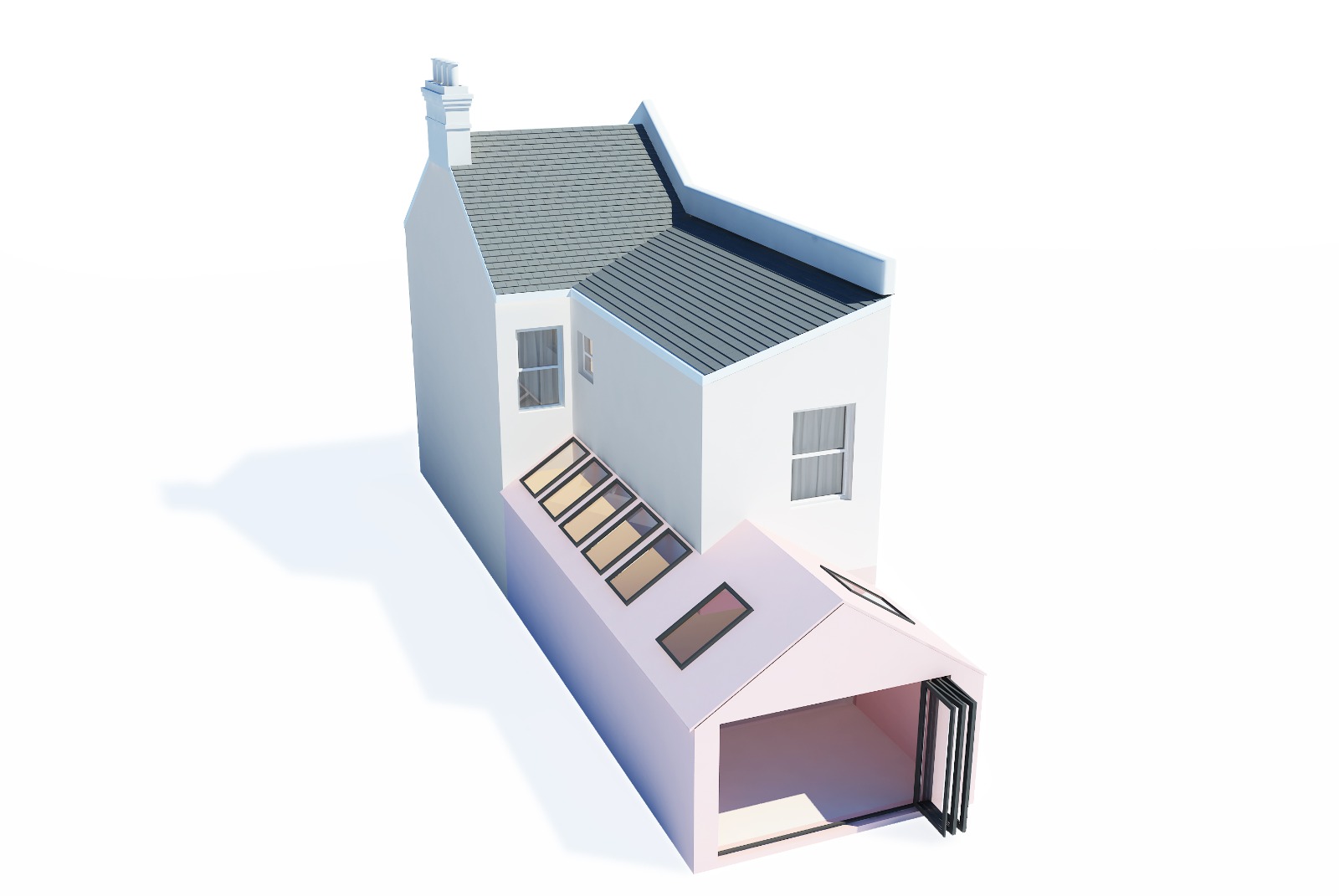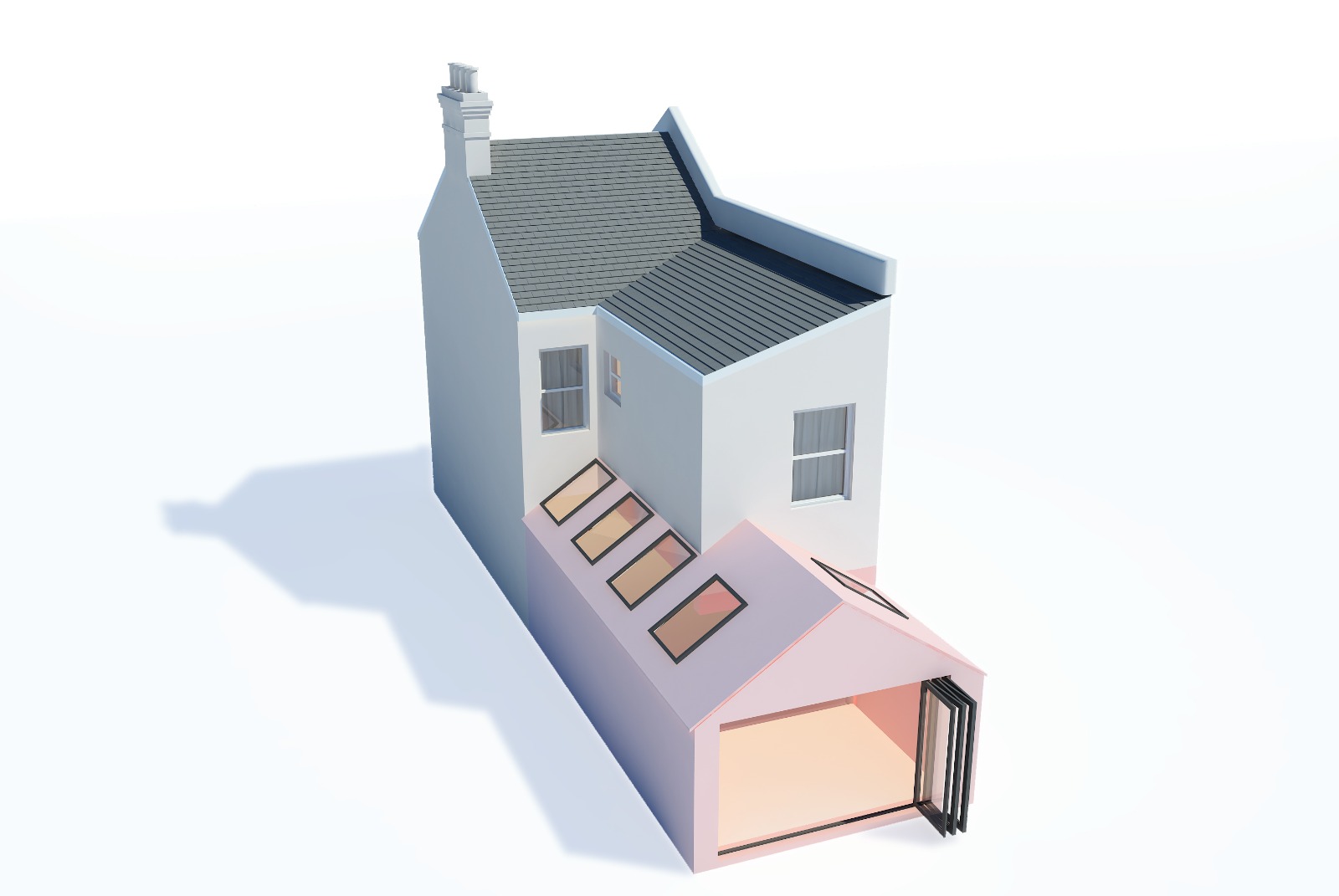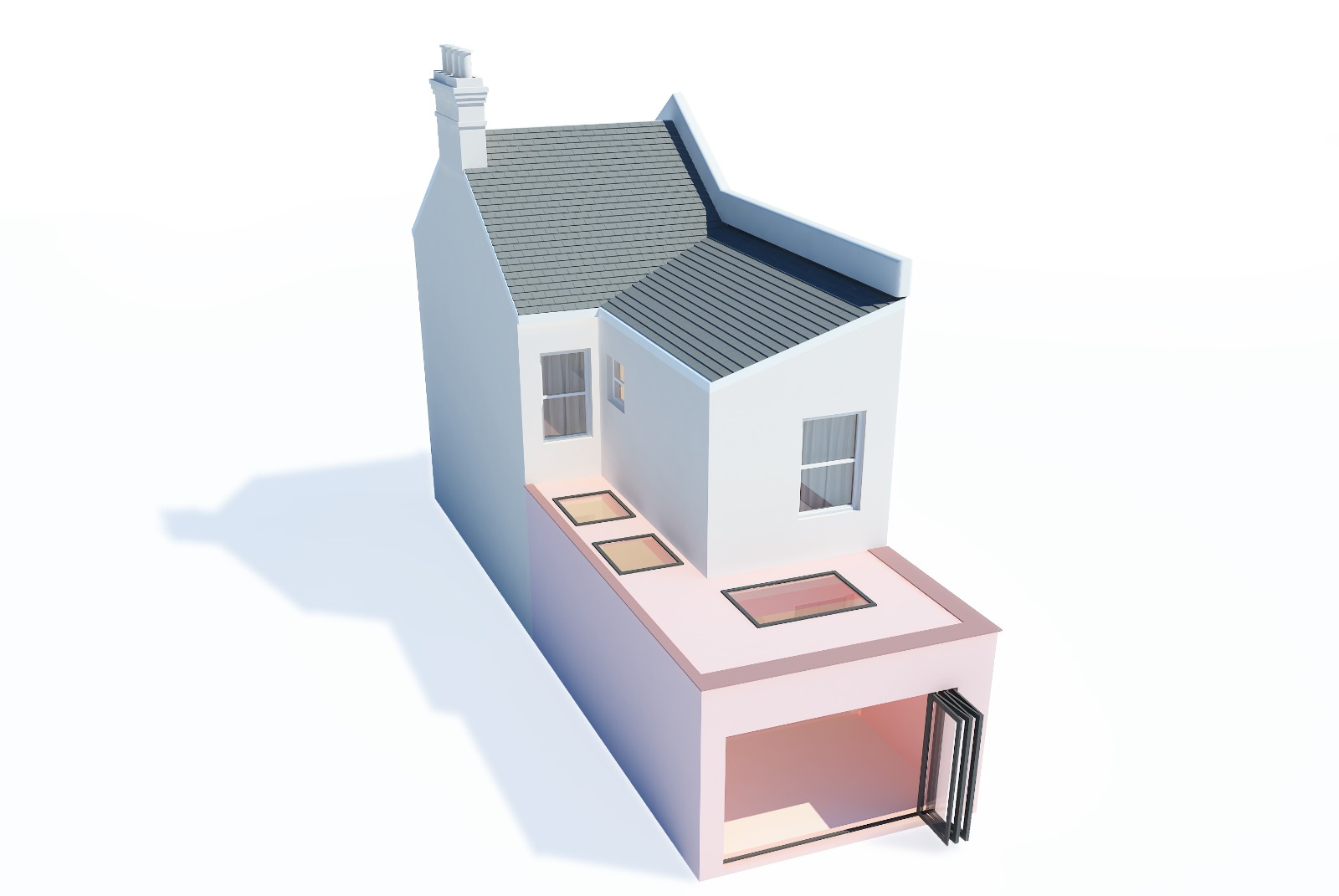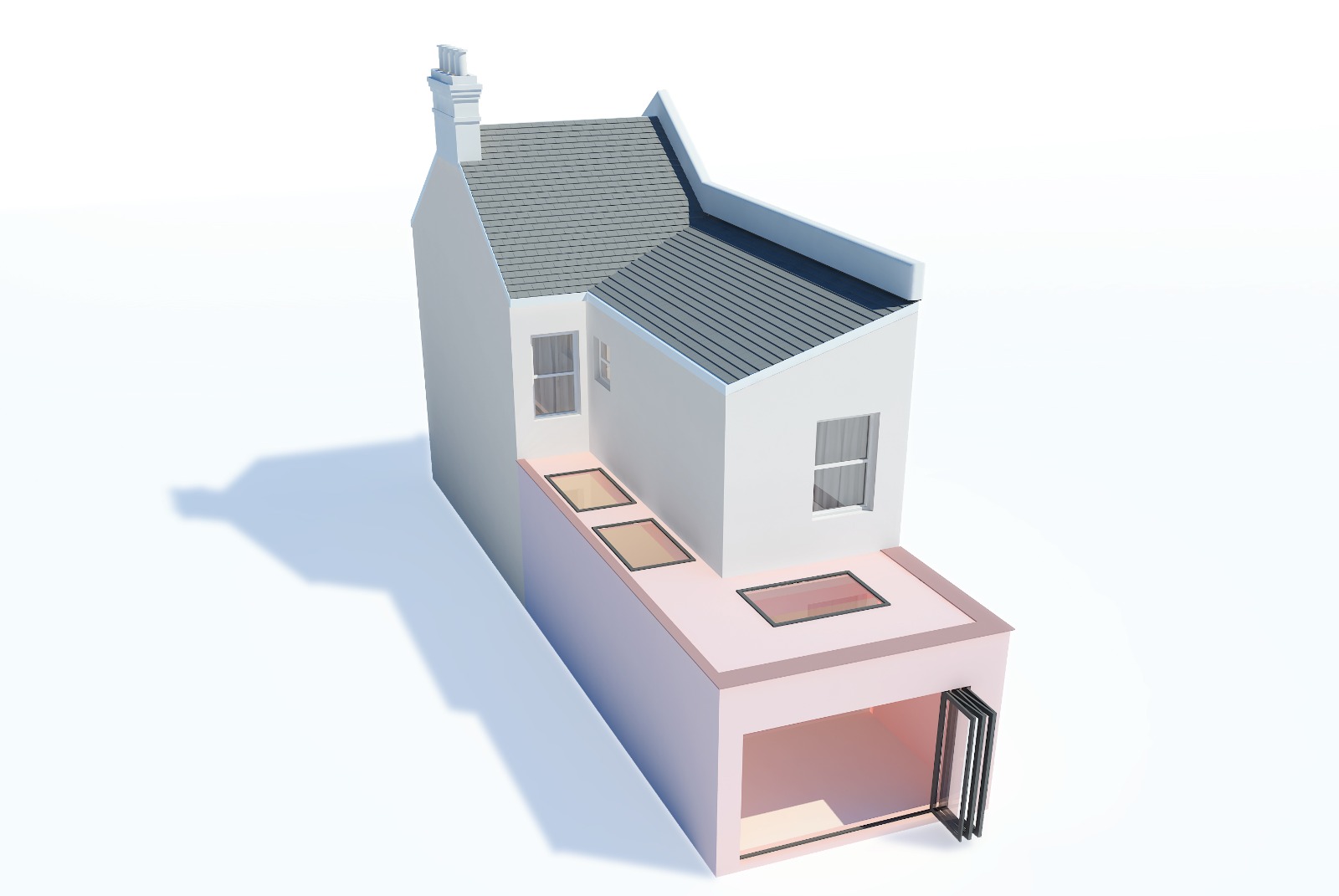House extensions offer homeowners the ideal opportunity to upsize, upgrade, and redesign their homes. These extensions also allow property owners to create bespoke rooms that are the perfect complement to their contemporary lifestyles, and which can add incredible value to their properties.
House extensions can be categorised into different types based on their location within the property or the area utilised. Some of the more popular types of extensions for Victorian properties include:
Rear extensions
Invariably, one of the more common extension types due largely to the area available at the rear of most properties. This allows homeowners many options and opportunities to maximise the extension. Rear extensions are ideal for creating kitchen extensions or even guest rooms or office pods.
Wrap around extensions
Wrap around extensions are essentially a combination of rear and side extensions that creates an L-shaped structure that ‘wraps’ around the property. These extensions add incredible width and depth to a home and can be used to create multiple rooms, large kitchen diners, and even open floor layouts.
Side return extensions
Side return extensions utilise the area that runs along the side of a property as well as a portion of the rear. These are often in comparison to wraparound extensions as they retain much of the valuable garden space. Side return extensions are incredibly popular in terraced and semi-detached properties. They are particularly useful in creating dining rooms which feature the much-coveted indoor-outdoor connections.
Multi-storey extensions
Though more complex than the common single-storey extensions, multi-storey extensions add great floor space and value to a property. As roofing and excavation costs remain the same, these extensions are also seen as a cost-effective solution to double the space of the extension. Multi-storey extensions are perfect for adding extra bedrooms and bathrooms to your property.
The need for planning permission for Victorian house extensions is dependent on the design and dimensions of the proposed extension.
Extensions that fall under the criteria of permitted developments do not require planning permission. However, they must meet the specifications of permitted developments. These include:
- Side extensions must be single-storied and must not exceed more than half the width of the original house.
- Extensions must not be higher than the highest part of the existing roof.
- The materials used on the exterior of the extension must be similar in appearance to the materials used on the exterior of the original house.
- Extensions must not take up more than half the land around the original house.
However, extensions to be constructed on properties listed in conservation areas invariably require planning permission irrespective of their dimensions.
Approval for planning permission can take up to 8 weeks and require a detailed application including structural diagrams of the proposed extension. Good Design and Build oversee this entire process for our clients which entails a primary survey of the location, detailed planning and design of the proposed extension, coordinating with the local council, and securing the requisite planning permission.
In addition to planning permission, building regulations approval and party wall agreements are also important considerations to ensure that the proposed extension meets the building guidelines and standards.
For a comprehensive understanding of the requirements for planning permission and the specifications associated with permitted developments, property owners could also visit the planning portal.
The best home extensions seamlessly combine contemporary design and functionality, with the elegance and integrity of the existing structure. As a result, most Victorian home extensions feature:
Kitchen extensions
An obvious favourite, kitchen extensions help transform small, dark kitchen-diners into beautiful, warm, and inviting spaces that are perfect for hosting family dinners and celebrations. And with the installation of the latest fittings, these kitchens become ideally suited for modern lifestyles.
Loft conversions
Loft conversions are perfect for utilising awkward loft areas and converting the wonderful steeped roofs of Victorian homes to create much-needed living space in the form of additional rooms, bathrooms, or even reading nooks. Their versatility makes them highly valued and they can usually be built without the requirement of planning permission.
Refurbishments
Even without an extensive extension, the existing space can be completely transformed through refurbishments. Changing the layout, creating an open floor plan, and installing cleverly-placed windows can have a dramatic effect in creating bright, airy rooms which help in upgrading your home.
Victorian home extensions can cost anywhere between £30,000 to £100,000. This is because the cost of a home extension depends on a number of factors such as:
- The size of the extension
- The type/ complexity of the extension
- Location
- Groundwork
- Building materials
- Fittings and fixtures
- Specialists’ fees
It is therefore a good idea to plan a budget that takes these factors into consideration in order to create the best possible home extension.
A house extension is an incredible opportunity to add space and value to your home provided it is done right. To create the perfect extension that proves worthy of investment, it is imperative that the best home extension specialists are consulted.
This is where Good Design and Build comes in.
We are the primary home extension builders that specialise in designing and creating bespoke home extensions in period properties. With decades of experience and unmatched expertise, we provide complete project management from start to finish. This means we offer:
- Free consultations and quotations for proposed extensions
- Survey of the location
- Architectural designs
- Contractual work
- Technical expertise
- Daily on-site management of the build
And so much more.
Our incredible team comprises surveyors, engineers, architects, builders, technicians, and project managers. They enable us to create high-quality extensions that are backed by warranties which allow you to enjoy a truly stress-free experience.
How we deliver projects
Our process is simple and divided into two distinct phases with separate contracts: Design and Build. As a client you only commit to one phase at a time depending on what stage of the process you are in. Each phase consists of three stages as described below.
1. Design
This is the kick-off point for your project. We carry out a complete architectural measured survey of the property. This allows us to create accurate CAD design drawings. This is followed by a design meeting to start discussing your ideas in more detail.
2. Planning
At this stage we finalise the designs with you and start preparing planning applications as needed. We place a high priority on ensuring that plans, designs and schedules are all based on a thorough and detailed understanding of planning guidelines. We co-ordinate with local authorities until the decision is made, and the planning approval is secured.
3. Technical
Once the planning consent is secured, we translate the design drawings into more detailed technical drawings for the purposes of building control and construction. This also includes specifications and structural calculations. At this stage, we will also submit to you our ‘no obligation’ quote for the build phase.
4. Pre-build
90% of our clients decide to stick with us after the design phase is completed. Once the build contract is signed, we kick off the process by making sure all the pre-build processes are complete. These include assistance with party wall agreements, Thames Water build over agreement, submitting building control application, and preparing method statements etc as needed. This stage ends with a pre-start meeting with your foreman before the actual build begins.
5. Build
One of our foremen will be dedicated to your project and will be on-site to manage everyday works. Our project managers will be overseeing the works to make sure they are completed to high standards, within your budget and on time. Throughout the process we will keep you updated with the progress and coordinate the works with third parties such as kitchen or flooring suppliers. We will also advise and guide you to choose any suppliers if needed.
6. Handover
As the build draws to finish, we will help to iron out any ‘snags’ to make sure everything is completed to your satisfaction. We will put together all necessary certificates such as gas, electricity and building control completion along with warranties for glazing, boiler etc. At the final completion meeting, we will hand you these documents, together with the keys to your house. Needless to say, you can contact us any time after this, if you want us to look at something.
This is the kick-off point for your project. We carry out a complete architectural measured survey of the property. This allows us to create accurate CAD design drawings. This is followed by a design meeting to start discussing your ideas in more detail.
At this stage we finalise the designs with you and start preparing planning applications as needed. We place a high priority on ensuring that plans, designs and schedules are all based on a thorough and detailed understanding of planning guidelines. We co-ordinate with local authorities until the decision is made, and the planning approval is secured.
Once the planning consent is secured, we translate the design drawings into more detailed technical drawings for the purposes of building control and construction. This also includes specifications and structural calculations. At this stage, we will also submit to you our ‘no obligation’ quote for the build phase.
90% of our clients decide to stick with us after the design phase is completed. Once the build contract is signed, we kick off the process by making sure all the pre-build processes are complete. These include assistance with party wall agreements, Thames Water build over agreement, submitting building control application, and preparing method statements etc as needed. This stage ends with a pre-start meeting with your foreman before the actual build begins.
One of our foremen will be dedicated to your project and will be on-site to manage everyday works. Our project managers will be overseeing the works to make sure they are completed to high standards, within your budget and on time. Throughout the process we will keep you updated with the progress and coordinate the works with third parties such as kitchen or flooring suppliers. We will also advise and guide you to choose any suppliers if needed.
As the build draws to finish, we will help to iron out any ‘snags’ to make sure everything is completed to your satisfaction. We will put together all necessary certificates such as gas, electricity and building control completion along with warranties for glazing, boiler etc. At the final completion meeting, we will hand you these documents, together with the keys to your house. Needless to say, you can contact us any time after this, if you want us to look at something.
Featured Projects
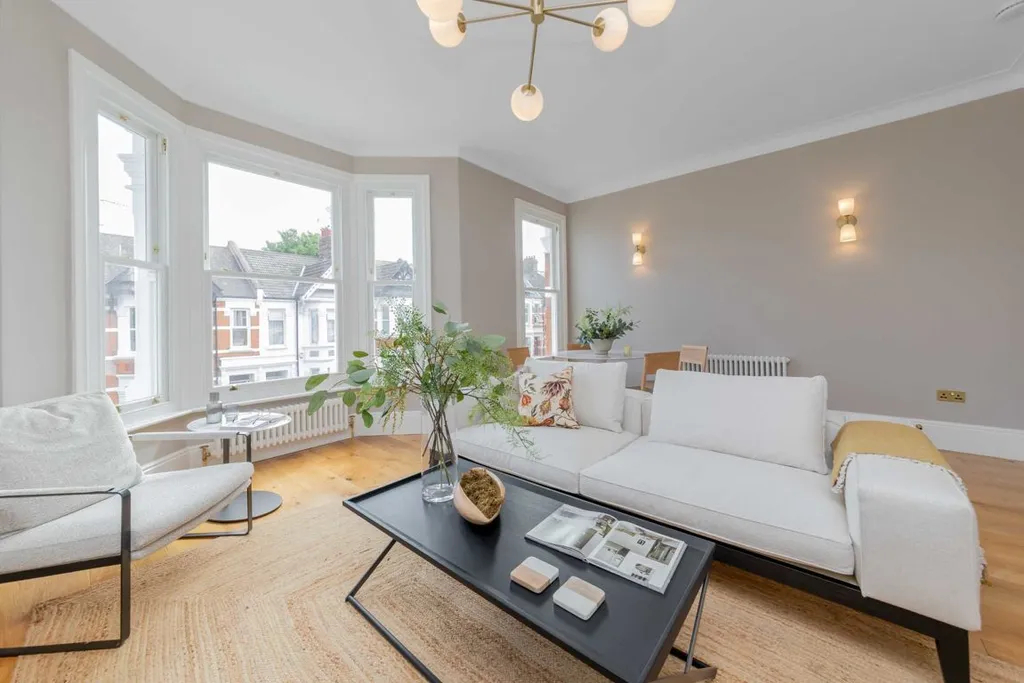
Harlesden
Sellons Ave NW10 4HJ
The project included creating a master bedroom in the loft with an adjoining terrace.
Learn more
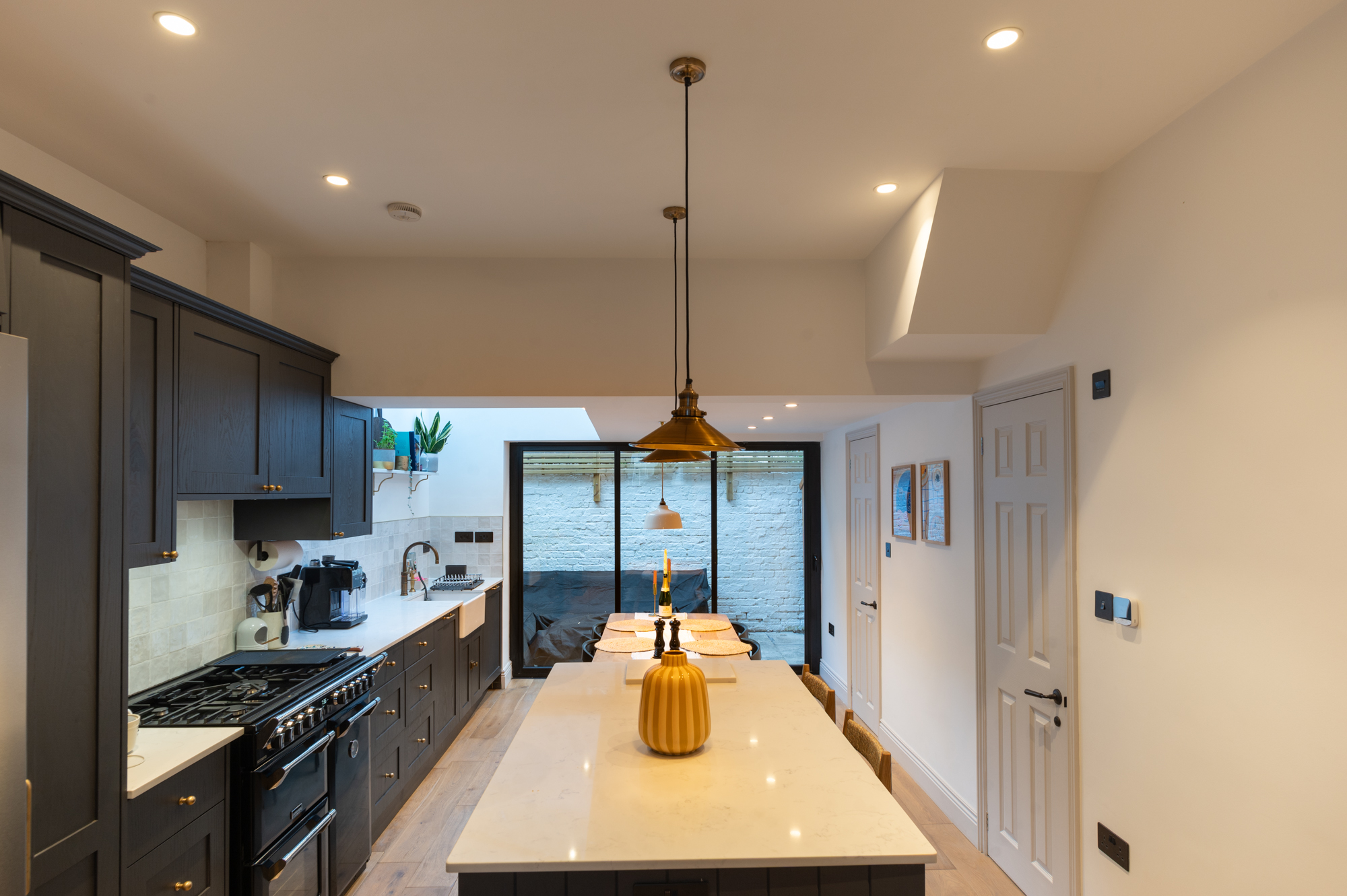
Fulham
Orbain Road SW6 7JZ
This project was completed in 2023 and the approximate budget was £101,000.
Learn more
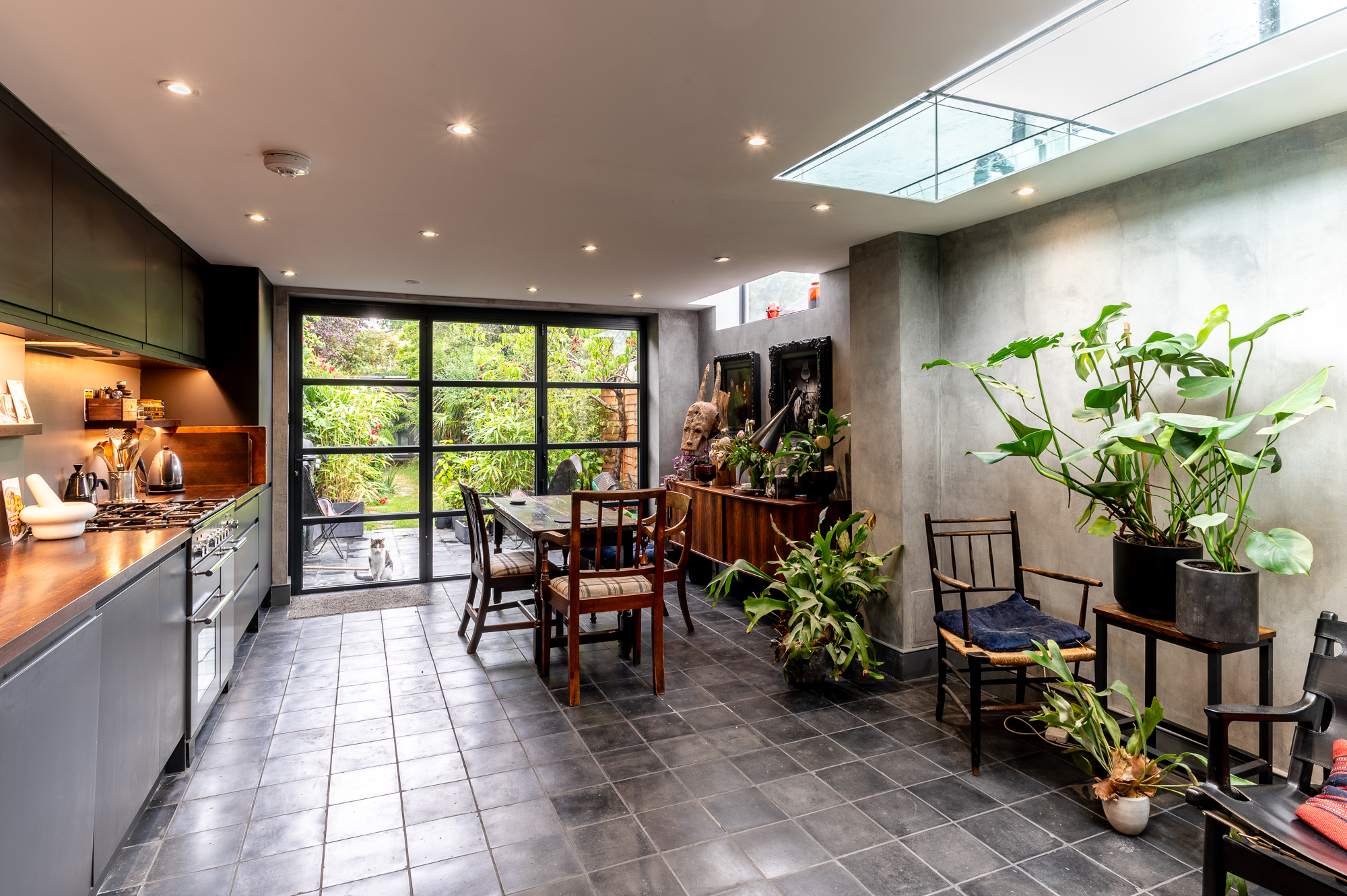
Lambeth
Hetherington Road SW4
We completed this stunning project for our client Angus in Lambeth.
Learn more
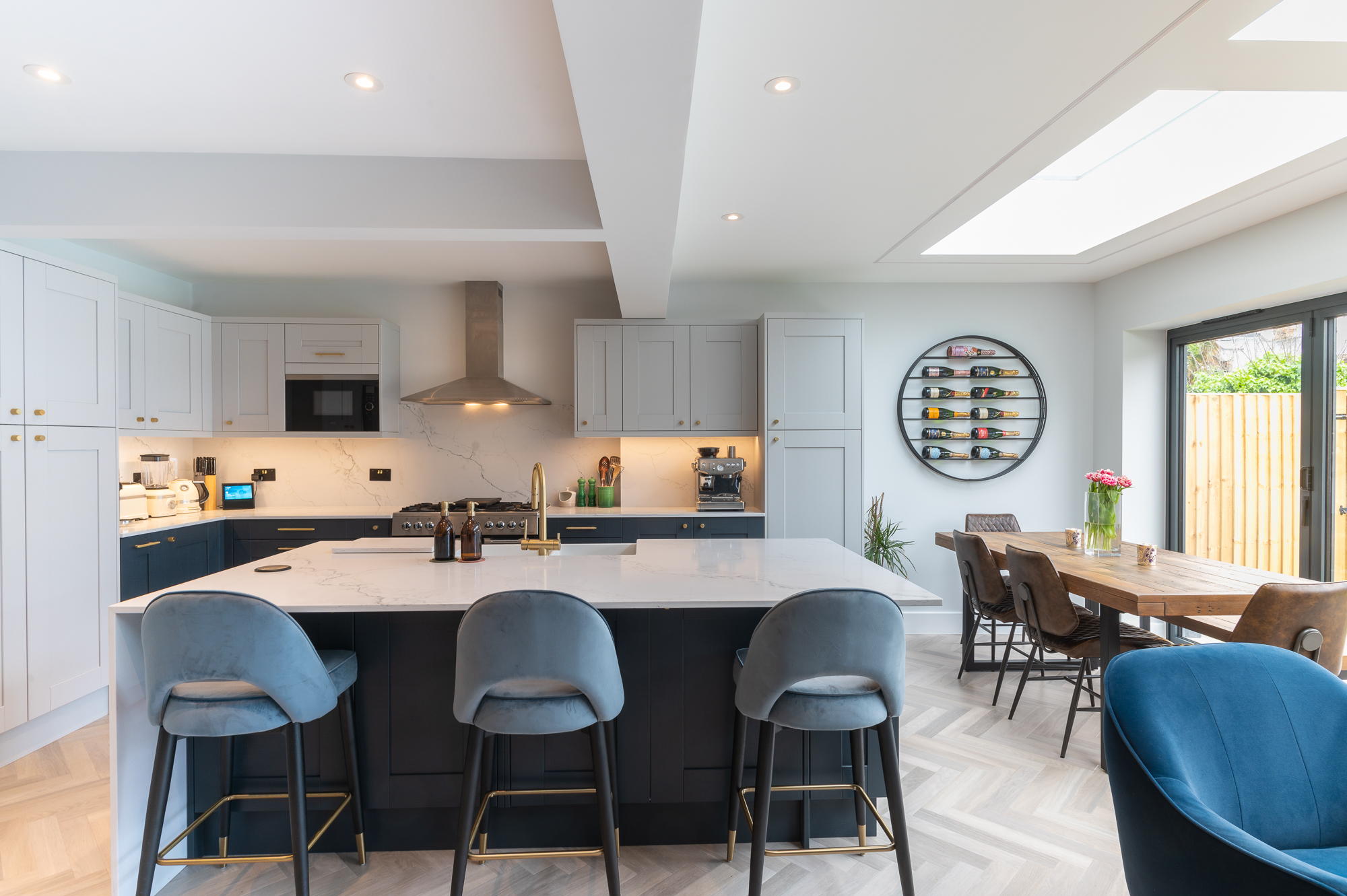
Teddington
Station Road SW4 7PA
We completed this exciting project for our clients on Station Road, a quaint residential area in the heart of Teddington.
Learn more

Leyton
Windsor Road E10
We completed this kitchen extension on Windsor Road, a charming residential street nestled in the heart of Leyton.
Learn more

Harlesden
Sellons Ave NW10 4HJ
The project included creating a master bedroom in the loft with an adjoining terrace.
Learn more

Fulham
Orbain Road SW6 7JZ
This project was completed in 2023 and the approximate budget was £101,000.
Learn more

Lambeth
Hetherington Road SW4
We completed this stunning project for our client Angus in Lambeth.
Learn more

Teddington
Station Road SW4 7PA
We completed this exciting project for our clients on Station Road, a quaint residential area in the heart of Teddington.
Learn more

Leyton
Windsor Road E10
We completed this kitchen extension on Windsor Road, a charming residential street nestled in the heart of Leyton.
Learn more
What Our Clients Say
Build a Quote!
Let's get started with building your own bespoke quote for your dream extension. Tell us as much in detail as possible to get most accurate price.
Get StartedBuild a Quote!
Let's get started with building your own bespoke quote for your dream extension. Tell us as much in detail as possible to get most accurate price.
Get Started






